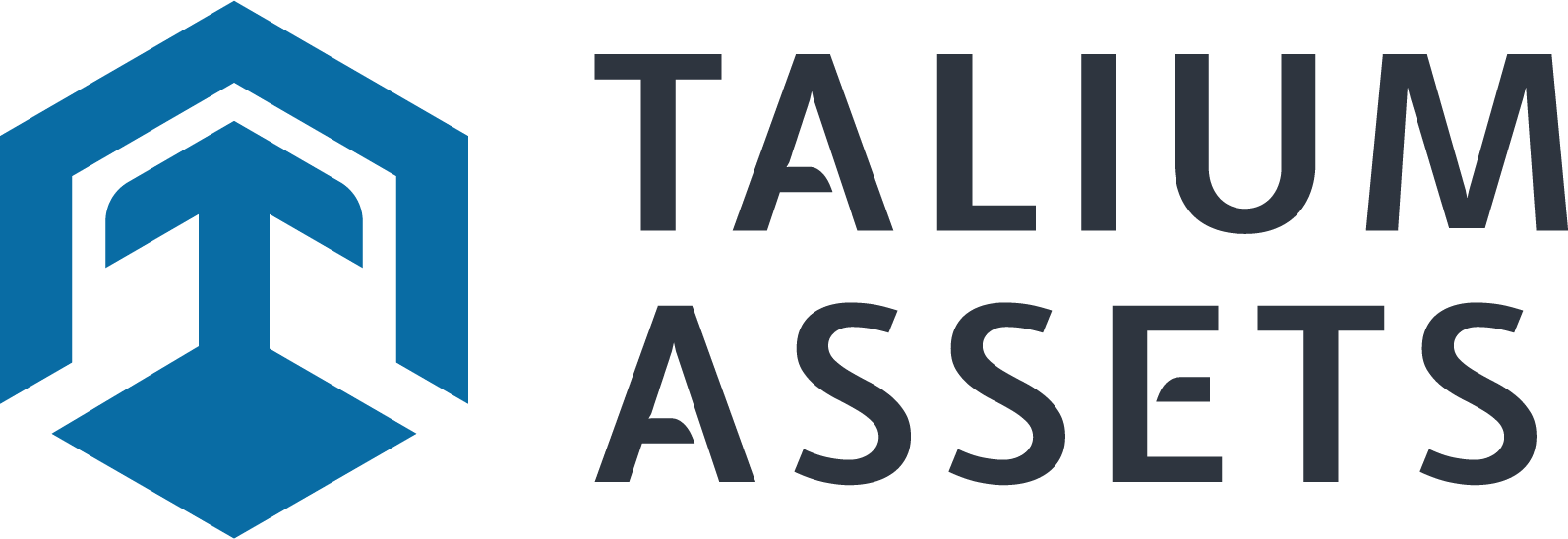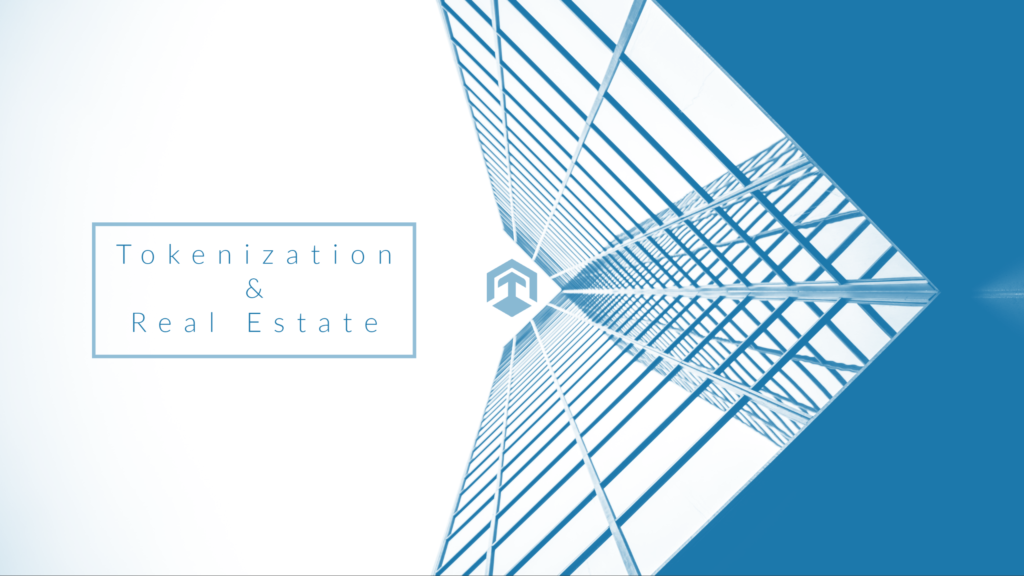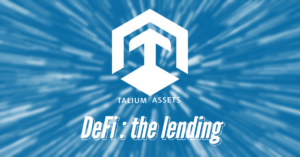Real estate is one of the world’s most popular investment vehicles, but paradoxically remains totally illiquid. Today, tokenization is coming to the sector and intends to revolutionize it.
Real estate today
The real estate market represents $280T of assets worldwide of which only 1% is available on the stock market.
In the US, of this small percentage, 93% is reserved for accredited investors (13M people in 2020 or 4% of the population).
These elitist numbers can be explained by the complexity of onboarding properties and investors. Getting a property onto a public marketplace can take more than 2 years and cost up to 10% of the property value.
Unfortunately, the bill does not end there: if the property manages to get sold, the transaction can take from 6 months to 2 years and cost up to 3% of the value of the property, with 75% of these costs being administrative costs.
In Europe, the real estate market is estimated at $37.5T, $7.5T of which is commercial real estate. Still, only $400B is listed on the stock exchange, ie. a mere 1%.
market size
available
Tokenize for liquidity
While the internet enables to digitize the sharing of information, the blockchain enables to digitize the transfer of value.
Reminder: Tokenizing assets means digitizing a right (political, financial, real estate) on a shared ledger (blockchain/DLT). Tokens are created with characteristics (fungibility, traceability, supply, behavior, governance, etc.) in order to best represent the digitized asset. The blockchain then allows to record the movements of the token in a secure way and in full confidence.
- For real estate projects, the token will meet 2 main characteristics:
- The total number of tokens issued is finite and defined in advance by the issuer
- An issued token can be split with up to 18 decimals and partially sold (unlike traditional shares)
- These characteristics open up the real estate market to smaller investors and reduce the entry cost of projects.
- On the seller's side, tokenizing a property offers the possibility of quickly recovering the funds committed to the property and reinvesting them elsewhere
- On the buyer's side, it allows to benefit from the borrowing capacity of an investor
More investors and more choices enable a more liquid market where investments are more easily diversified and exchanges are no longer constrained by fees (which could be lowered to the mere transaction fees over the used blockchain network).
Example: at time of writing, a transaction on the Polygon blockchain (MATIC) costs under 1 euro cent.
The number of transactions keeps on growing and processes get more and more autonomous and/or automated thanks to the use of “smart contracts“. These implement the reference standard for tokenization of financial securities: the ERC-1400, which can be used with any of the dozens of blockchains that are compatible with the Ethereum Virtual Machine (EVM). This token standard enables the formidable capacity to adapt to the evolution of securities regulations by allowing to combine on-chain and off-chain compliance control elements to guarantee a 100% compliant transaction. This compliance with any multi-jurisdictional or contractual requirements in force can be maintained over time and is therefore future-proof.
As a result, processes become highly automated and the freshly created tokens get easily tradable on a marketplace with an OTC secondary market, thus boosting liquidity and significantly reducing the need for intermediaries and costs.
Example: Notaries and legal counseling are no longer necessary when assets get traded . We will get back to this in the legal section.
What about the law?
1 – The financial arrangement to tokenize a building
In almost every jurisdiction, there is no law (yet) granting that a token may represent partial ownership of a real estate asset. On the other hand, more and more jurisdictions make official that a token may represent partial ownership of a company. Tokenizing real estate is then done not by mean of tokenizing the property shares, but by tokenizing shares of a company that owns the property.
Nota: This company is typically a specially created investment vehicle (SPV) or trust that owns all or part of the asset. Tokenizing the company’s shares then amounts to tokenizing ownership of the asset.
In France, joint stock companies can record their shares’ movements onto a blockchain to simplify record-keeping through a “shared electronic record system” (DEEP). Such legal recognition appears in more and more countries.
Hence, transferring ‘real estate tokens’ means transferring company shares, and this can be done 100% legally without third parties getting involved (notary, lawyers). And this simplifies the transfer process: had it instead been possible to tokenize the real estate physical asset itself, each transaction would have required the extra burden of a notary act.
2 – France and Europe
Real estate financing via the issuance of token does not fall under the law of participatory financing. Specific regulations must be applied, which vary according to the nature of the offer and the qualification of the token.
- Public offering and token qualifying as a financial security: financial markets' regulations apply
- If the public offer seeks to raise less than €8M over 12 months, a simplified information document (DIS) must be filed with the AMF (French financial market regulator).
- If it seeks more than €8M over 12 months, this requires a prospectus and the necessary visa from the regulator.
- Public offering and token not qualifying as a financial security
- In France, the PACTE law then applies. More globally, a European regulation scheme is taking shape with the MiCA project (Market In Crypto Assets).
- Others
- In case the offer is private or reserved to certain investor profiles, the applicable regulations are yet different and may require a case-by-case analysis.
Use Cases
1 – Partial ownership
An investor who chooses a tokenized asset, chooses a flexible market where he can own x% of an asset up to his investment capacity (through a company or a fund).
He then becomes eligible to x% of the revenues or profits generated by the asset. Typically, yearly profits of 5 to 15% are generated while investment risks get mitigated with the availability of a secondary market that favors liquidity..
Example: You may put a tokenized building in rent and set up a rule where the owners receive each month a % of the rent after deducting charges.
2 – Revenue Sharing
In the previous case, investors did purchase tokens that represented partial ownership of a property and provided rights on the future income. Here, investors solely acquire shares of the future income generated by the property, without asset ownership rights. The tokens can be labelled as royalty tokens.
This makes it possible to offer regular passive incomes with more attractive entry prices. Moreover, investors remain free to resell their tokens whenever they intend to on the secondary market.
3 – Participatory financing
It is possible to seek raising funds with tokenization like traditional crowdfunding, with a crucial bonus: tokens are transferable and can be easily fractioned, hence enabling liquidity. An investor can recover his funds at any time by selling his tokens on a secondary market. This possibility means a drastic reduction of the investment risks.
Tokenization also ensures transparency for every transaction on a public blockchain network, and automates processes with trust thanks to smart contracts.
From a regulatory standpoint, the sums raised through tokenization can exceed the classic crowdfunding cap.
Nota: Such fundraises require an impeccable legal frame to ensure that the funds will be 100% dedicated to the project without exit scams.
4 – Rent-to-Own
A tokenized flat is rented out. A tenant pays monthly rent which is redistributed to the investors (revenue sharing).
In the case of a rent-to-own scenario, the tenant chooses to become an investor. Each month, token by token, he becomes the owner of his property and reduces his rent (part of which is paid back to him).
This looks like a traditional loan, but without any loan application, no administrative costs, no penalties for early repayment, no interest to repay, etc. Here, there is only one tenant, his lease and his ability to buy or sell his token as he wishes. The tenant can even decide to leave the property while keeping his tokens to benefit from the passive income of future rents.
5 – Turning your property into collateral
Since 2020, the world of blockchain has seen the emergence of DeFi (decentralised finance), which completely or partially eliminates the need for trusted third parties. In simple terms, DeFi enables you to use an asset as collateral (by blocking it) in order to make a loan in cryptocurrency.
An owner of tokenized assets can hope to replicate an identical scheme by pledging some tokens. The operation looks like a mortgage loan but allows to reduce the fees and the interests linked to the operation, and even more importantly to not risk losing the entire asset.
Nota: This use case requires that the exchange accept the tokens representing parts of a property.
References :
Talium
Immomatin
Affiches parisiennes
“Financement de l’immobilier via blockchain” – Compta Online
Savilis World Research
Assets KPMG
Blockchain Real Estate Summit
MIT



